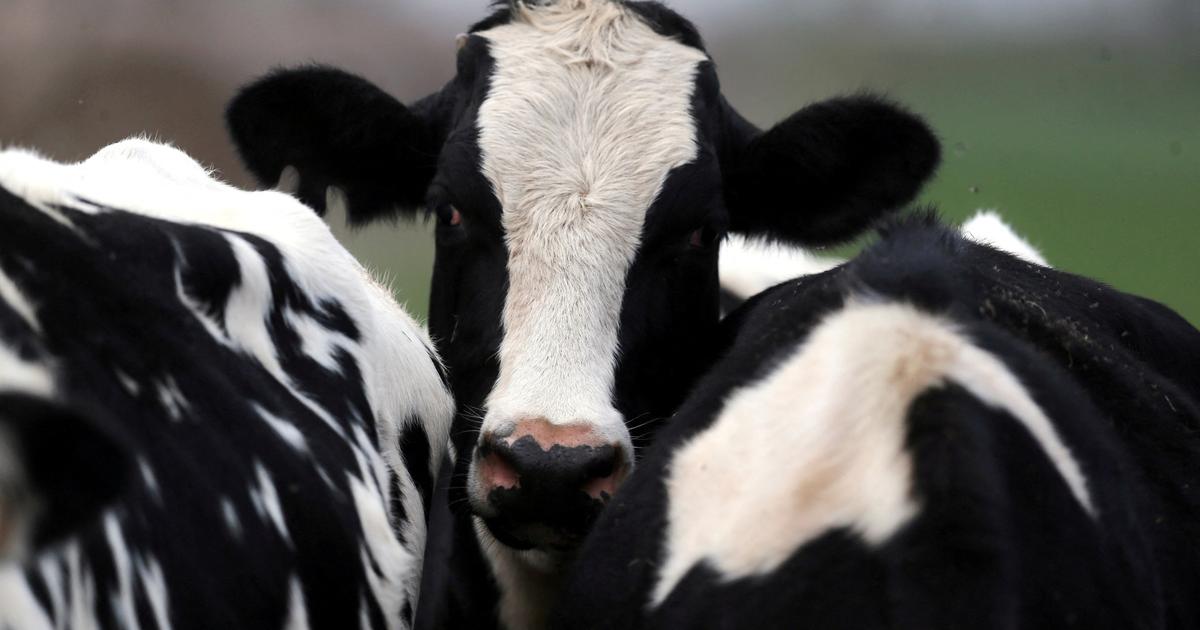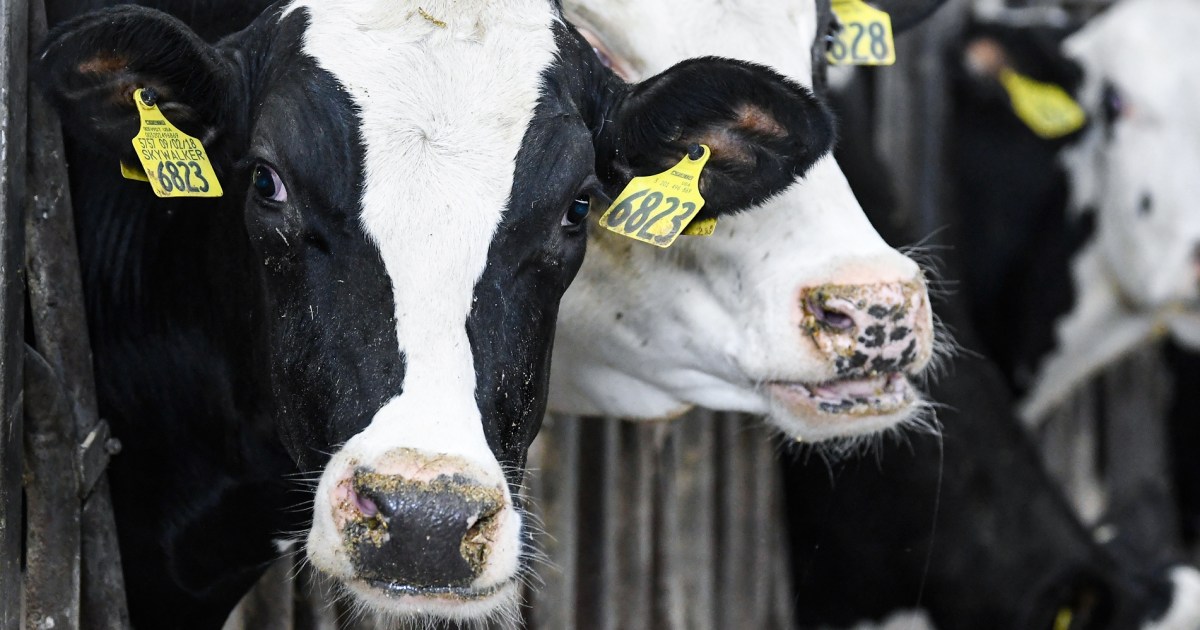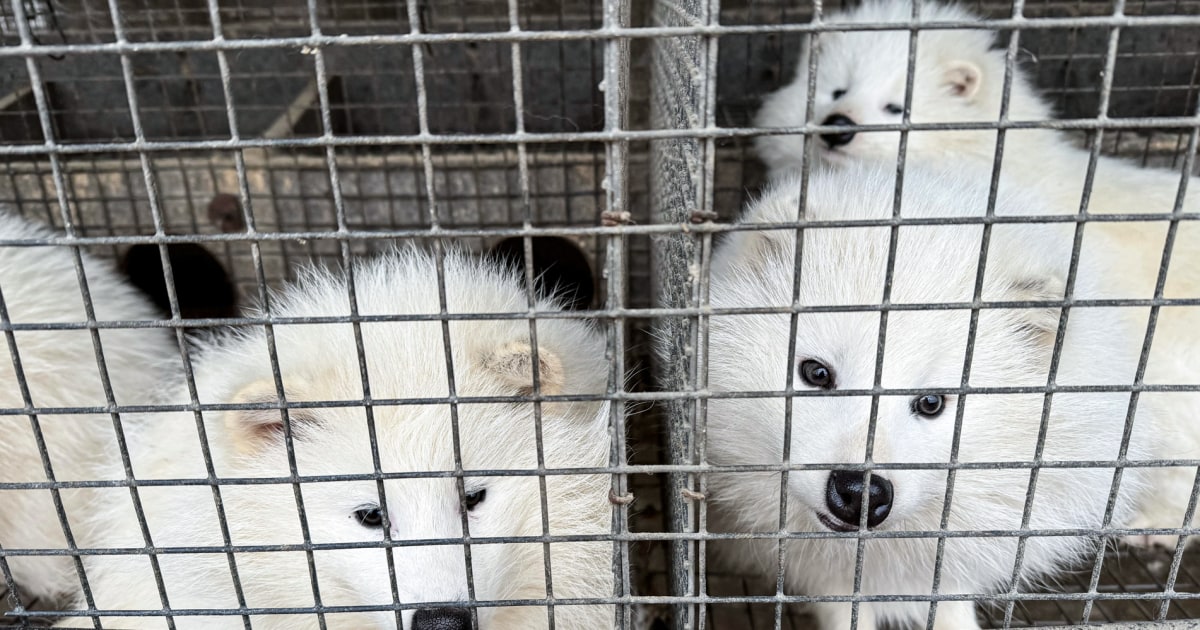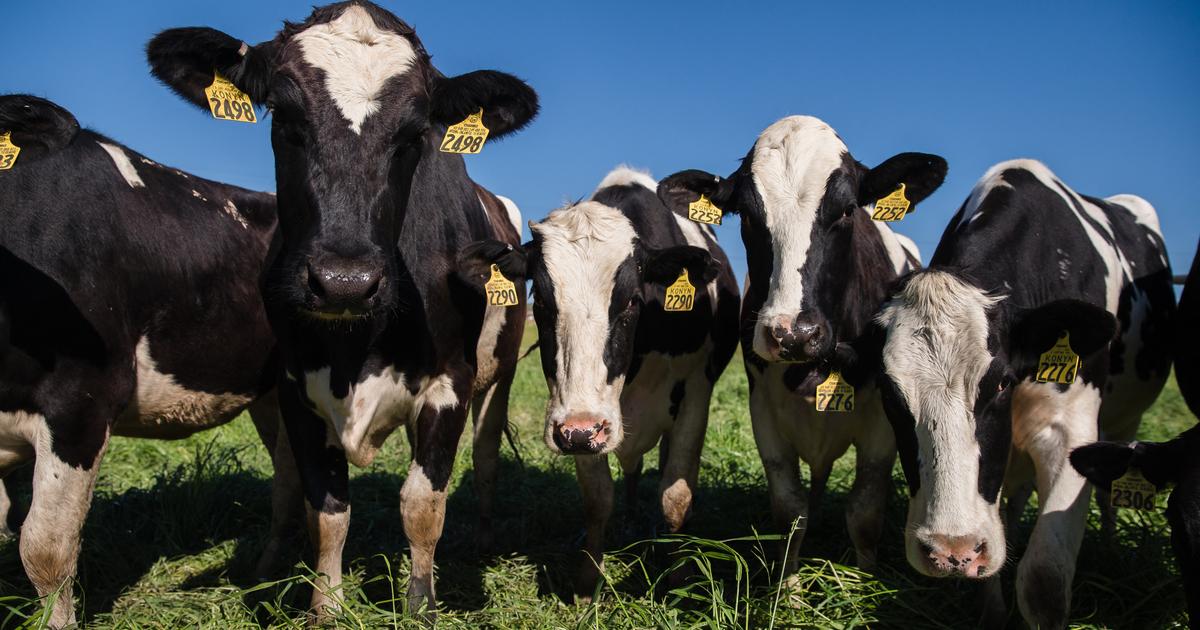What is avian flu and what symptoms can you suffer if you get it?
2:04
(CNN) --
Bird flu has infected record numbers of birds and some mammals in the United States, and scientists are keeping a close eye on it.
The director-general of the World Health Organization (WHO), Tedros Adhanom Ghebreyesus, said last Thursday that the risk to humans remains low, but added that "we cannot assume that it will continue to be so."
As with the coronavirus that causes covid-19, which is believed to have started in animals before spreading to humans, some animal viruses can mutate, jump between species to make humans sick, and spread rapidly around the world.
But highly pathogenic avian influenza is not covid-19.
Scientists assure the public that, with a few rare exceptions, the virus has not made the leap to humans on a large enough scale to trigger an outbreak.
However, it has gone well beyond birds, and its recent spread between members of a separate species has some experts concerned about how the virus is changing.
advertising
CDC confirms bird flu case in Colorado man, but says public health risk assessment remains low
TikTok's famous emu Emmanuel has bird flu 0:46
What is bird flu?
Bird flu is a type A influenza virus that originated in birds.
The version that is predominantly causing problems in the Americas and Europe is called H5N1.
There are several subtypes, and the commonly circulating H5N1 bird flu viruses now are genetically different from earlier versions of the virus, according to the US Centers for Disease Control and Prevention, CDC.
Since late 2022, scientists have detected this virus in more than 100 species of wild birds including ducks, gulls, geese, hawks, and owls in the United States.
Globally, this strain of the virus has been around much longer, said Richard Webby, an infectious disease researcher at St. Jude Children's Research Hospital in Memphis, Tennessee, and director of the Collaborating Center for Influenza Ecology Studies. in Animals and Birds of the WHO.
"We saw a kind of great-great-grandfather of the virus in the late 1990s in Southeast Asia, and we've been following its evolution and change ever since," Webby said.
By the 2000s, it had spread to parts of Europe and Africa and then reached the rest of the world via infected migratory birds.
It came to the Americas more recently, Webby said.
The first infection with this version of the virus was reported in wild birds in the United States in January 2022, according to the CDC.
The following month, the United States Department of Agriculture (USDA) announced an outbreak among turkeys at a commercial facility.
Studies have shown that bird flu can spread to songbirds, but those that normally congregate at feeders, such as cardinals, sparrows, or blue jays, and those that can be seen on the street, such as pigeons or crows, do not normally transmit the bird flu virus, which would be a threat to humans, according to the CDC.
Ducks and geese can carry the virus without appearing sick.
Poultry are not always so lucky.
Highly pathogenic avian influenza carries “very high mortality rates” among chickens and turkeys.
The disease can affect multiple internal organs and cause the death of 90% to 100% of chickens within 48 hours of infection, according to the CDC.
Because it can spread quickly, farmers often have to cull uninfected birds along with infected ones to prevent a wider outbreak.
It is considered one of the greatest known threats to domestic birds.
As of Wednesday, February 8, 6,111 cases had been detected in wild birds in all 50 states, the USDA says.
The virus has affected more than 58.3 million poultry in 47 states, according to the CDC.
The high volume of cases means the virus has a better chance of spreading to other species, experts say.
More animals are getting sick
Bird flu is spread through things like feces and saliva.
It can also be spread through contact with a contaminated surface.
The virus has infected many mammals in the United States, primarily in the West and Midwest, as part of the latest outbreak.
In Alaska, cases have been reported among bears and foxes, according to the USDA.
The virus has also been found in a bobcat in California, a skunk in Colorado, a raccoon in Washington, opossums in Illinois and Iowa, a mountain lion and grizzly bear in Nebraska, seals in Maine, and even a bottlenose dolphin in Florida.
In all, 17 non-bird species have been infected in 20 states.
The scientists say that all of those sick mammals likely contracted the virus when they ate or interacted with infected birds.
But in a worrying development last fall, the virus appeared to spread between mammals, perhaps for the first time, on a mink farm in Spain, according to a study published in the journal Eurosurveillance.
The mink had a nosebleed, developed tremors, lost its appetite and appeared depressed, the scientists said, and they had to kill it to keep the threat in check.
The virus did not spread to the humans working on the mink farm, but what concerned the scientists were the multiple mutations found in the virus that differentiated it from the sequences found in the birds.
One mutation enhanced its replication in mammals, although it is not clear if the mutation was in the virus before it reached the farm.
"But it's when it starts to spread from one mammal to the next mammal, it's in those environments that we think you're most likely to detect these changes that allow us to switch hosts, and that's why you're concerned," Webby said.
A handful of human cases
There have been fewer than 10 known cases of bird flu in humans since December 2021, and none are from person-to-person transmission, the CDC says.
The most recent US case involved a person in Colorado who fell ill after culling infected birds in April.
The person reported her being tired for a few days.
They were isolated and treated with an antiviral, according to the CDC.
The agency said at the time that the public health threat remained low, but urged people who had any exposure to the birds to take precautions.
"The people who usually get sick are those people who have very intense interactions with wildlife, whether it's dead or alive," said Dr. W. Ian Lipkin, director of the Center for Infection and Immunity and professor of epidemiology. at the John Snow Mailman School of Public Health at Columbia University.
“I would not say that there is another pandemic upon us, because it is not.
“What we need to do right now is watch very closely how this spreads.
We need to contain it on farms and in wildlife to the best of our ability,” he added.
How to stay safe from bird flu
Although the threat to people is low, the CDC suggests avoiding direct contact with wild birds.
Webby says that if you need to handle a dead bird, like removing it from a feeder, you should wear gloves and a mask.
Always wash your hands after handling birds or feeders.
Poultry and eggs that are properly handled and cooked are safe to eat, the CDC says.
Bird flu is not a foodborne disease, and the poultry industry is closely monitored and has strict health standards that include monitoring and control of bird flu.
Always cook poultry and eggs to 73 degrees Celsius, a temperature that kills bacteria and viruses, including bird flu.
In the highly unlikely event that someone does get sick, the CDC recommends getting treatment right away.
Most bird flu infections can be treated with currently available flu antiviral drugs, the agency says.
The US government also has a stockpile of vaccines, including against bird flu viruses, that could be used if this flu spreads easily from person to person, the CDC says.
“The chances that you could get bird flu are not zero, and anything you can do to further reduce that risk is a good thing,” Webby said.
"But you may probably have to work hard to get infected with this virus."
bird flu

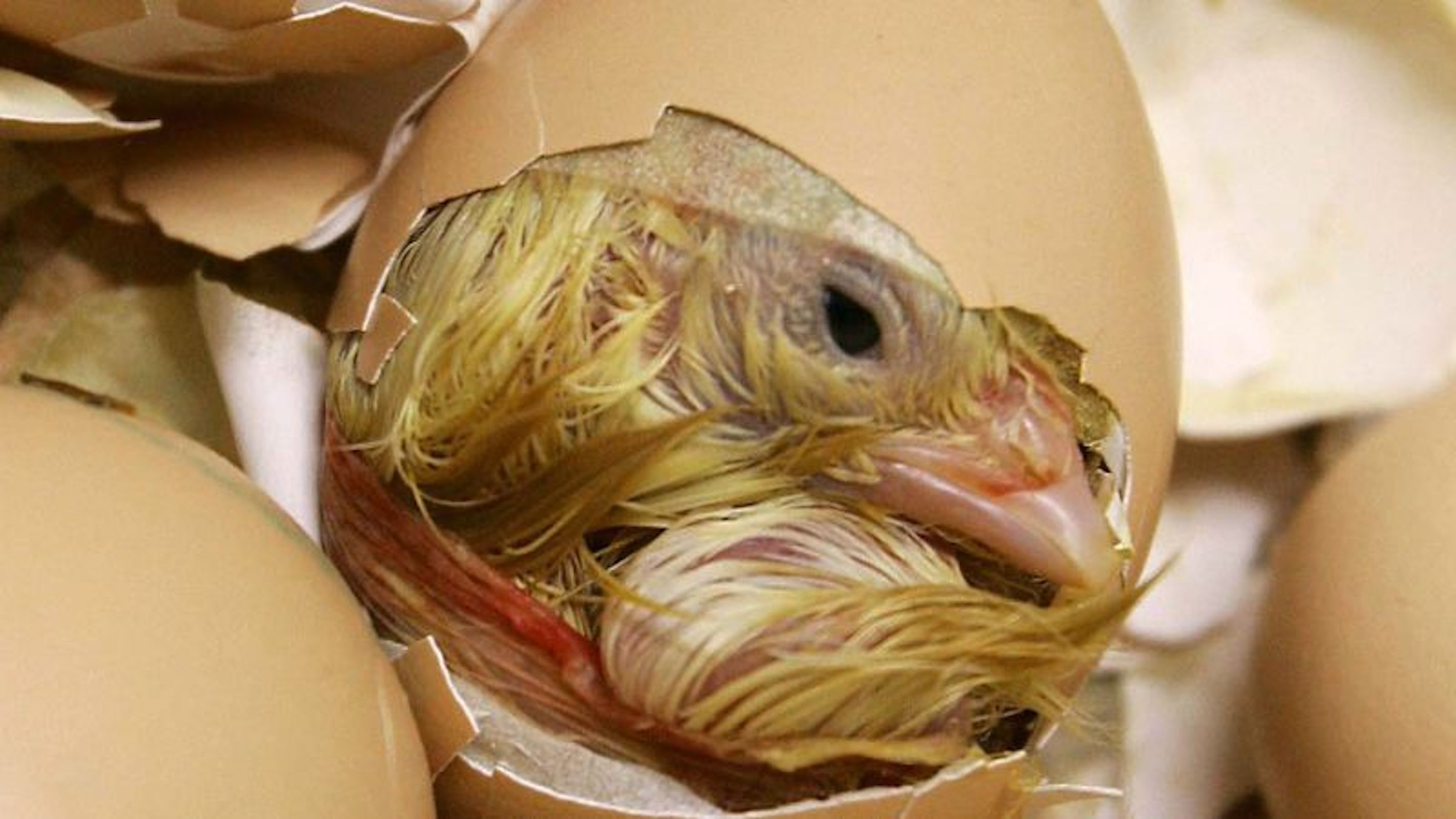


/cloudfront-eu-central-1.images.arcpublishing.com/prisa/GLQIPWOC3VBT3BKZRNAZOQJEQU.jpg)
